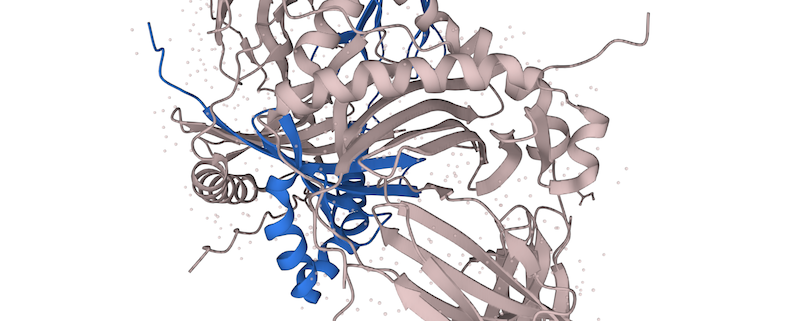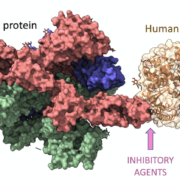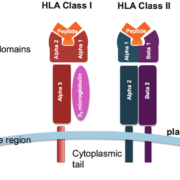The HLA-DRB5 Gene
The HLA-DRB5 gene is a human leukocyte antigen gene located on chromosome 6. It is a part of the major histocompatibility complex (MHC) family, which helps the immune system recognize and respond to foreign substances. HLA-DRB5 is involved in presenting peptide antigens to T-cells for recognition.
HLA-DRB5 is a polymorphic gene, meaning that it has many different variations. Each variation is associated with different levels of protection from certain diseases and with different responses to medical treatments. This variability makes it an important gene to study in terms of disease and treatment.
HLA-DRB5 is associated with a number of diseases, including type 1 diabetes, rheumatoid arthritis, and ankylosing spondylitis. It is also associated with certain autoimmune diseases, such as systemic lupus erythematosus and Sjögren’s syndrome. Additionally, it is linked to certain types of cancer, such as Hodgkin’s lymphoma.
HLA-DRB5 is also associated with certain types of drug sensitivity. For example, certain variations of the gene are associated with greater response to certain HIV drugs, while other variations are associated with reduced response. Additionally, certain variations are associated with greater sensitivity to certain chemotherapy drugs, while other variations are associated with reduced sensitivity.
The HLA-DRB5 gene is an important gene to study in terms of disease and treatment. By understanding the variations of this gene, researchers can gain insight into the causes of certain diseases, as well as the best treatments for them. As such, it is an important gene for medical research and could potentially lead to new treatments and therapies for various diseases.







 The Sequencing Center
The Sequencing Center

Leave a Reply
Want to join the discussion?Feel free to contribute!